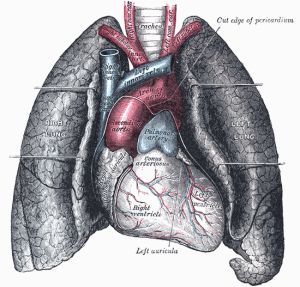Beryllium sensitization or chronic beryllium disease is an occupational disease caused by hypersensitivity to the beryllium metal. It is also referred to as berylliosis. People working in metal recycling, dental laboratories, alloy manufacturing, nuclear weapons production and metal machine shops are at high risk of inhaling beryllium dust and fumes.
Unfortunately no cure has been found yet; but treatment and management of chronic beryllium disease can slow down the progression of this disease. It also prevents lung scarring and improves oxygen levels.
The type of treatment depends on the seriousness and symptoms of the disease.
Immunosuppressive drug
Patients with CBD are mostly prescribed prednisone. It helps in slowing down the reaction of the immune system to the beryllium in the lungs. It also improves the oxygen level from the lungs to the bloodstream. Long-term use of prednisone can have side effects to some major organs so it is important to talk with your doctor about the possible side effects.
Oxygen therapy
Difficulty in breathing is a sign that the beryllium disease is progressing and the patient will need supplemental oxygen.
The therapy has three systems: the concentrators, compressed gas systems and liquid systems. The patient will be given the best oxygen therapy system that is best by considering the severity of the disease, lifestyle and location of the patient’s residence. The doctor will discuss the advantages and disadvantages of each of the oxygen therapy system.
The oxygen system can also be delivered in any of the following:
- Cannula or a small plastic tube set under the nostrils
- Facemask
- Transtracheal Oxygen Catheter or a thin tube placed in the neck so that oxygen can be delivered directly to the windpipe; this is for long-term therapy
 Lung transplant
Lung transplant
Beryllium disease in its end-stage will require lung replacement. The doctor then will recommend lung transplant .